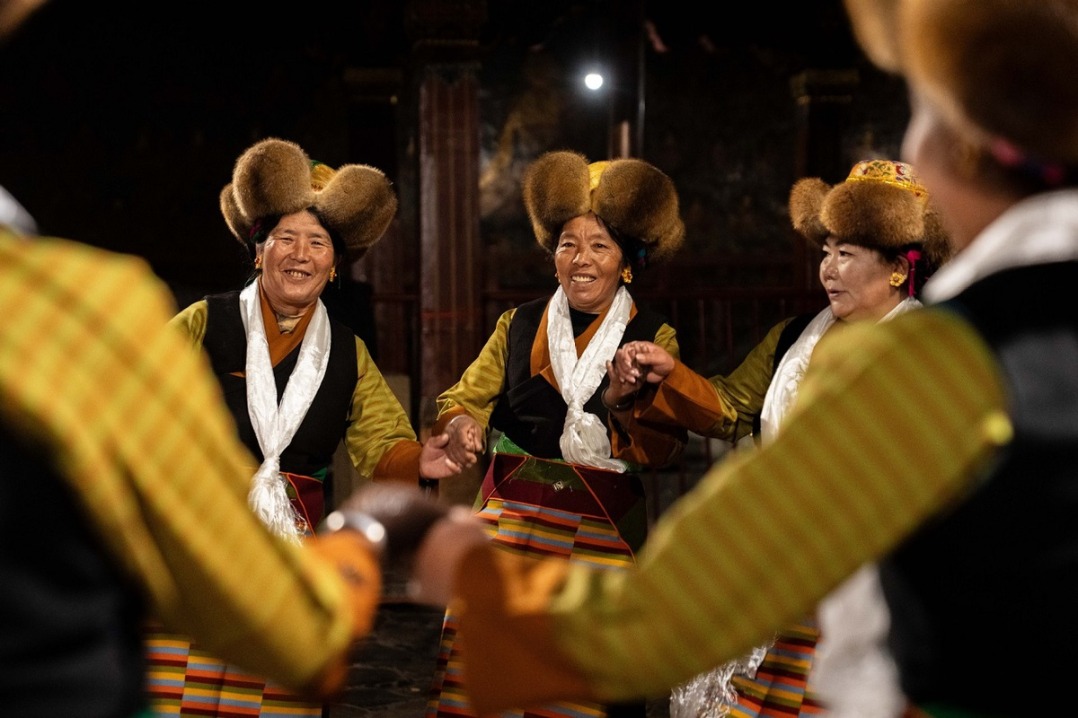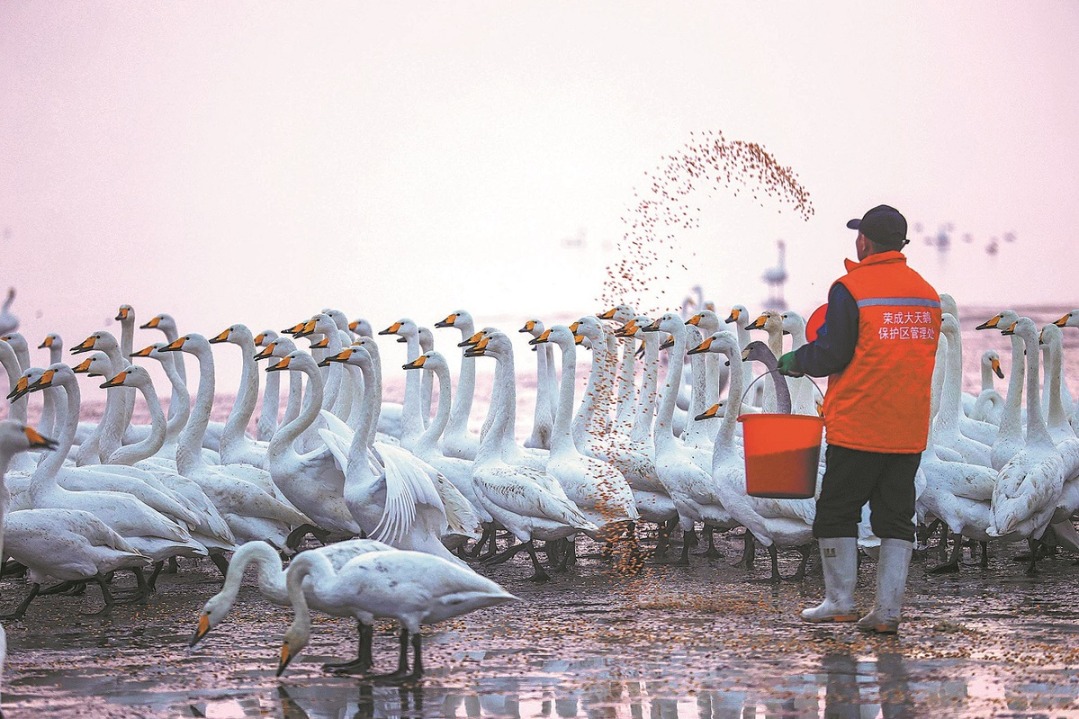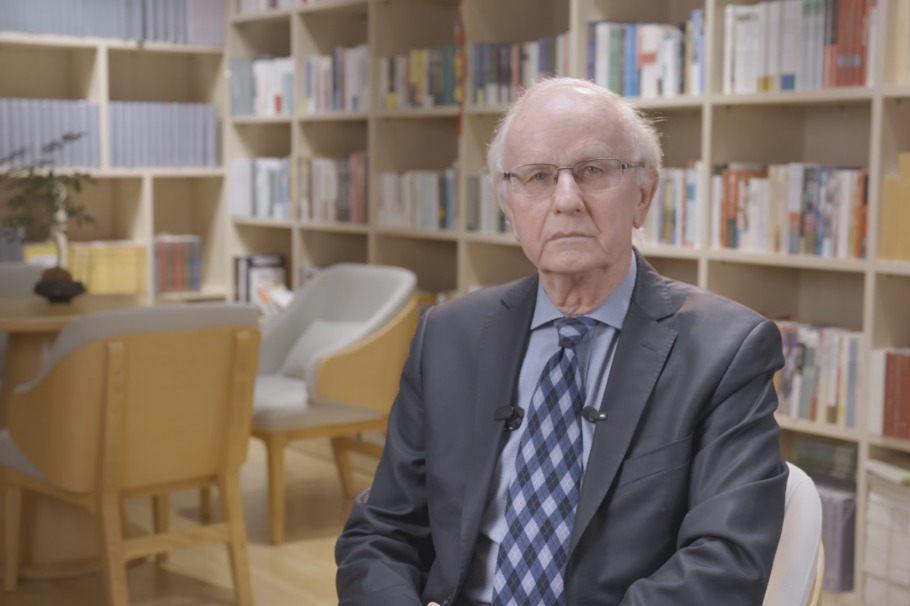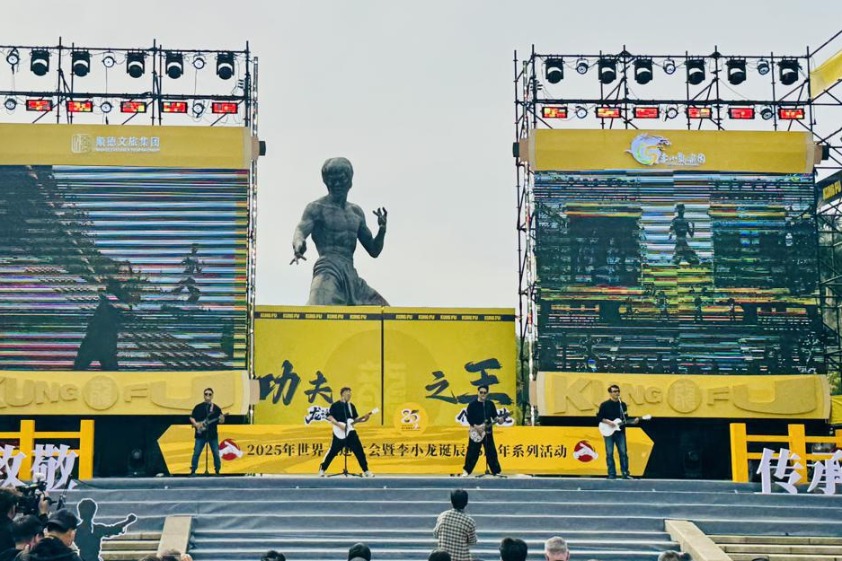Surmounting harsh lot for move to progress

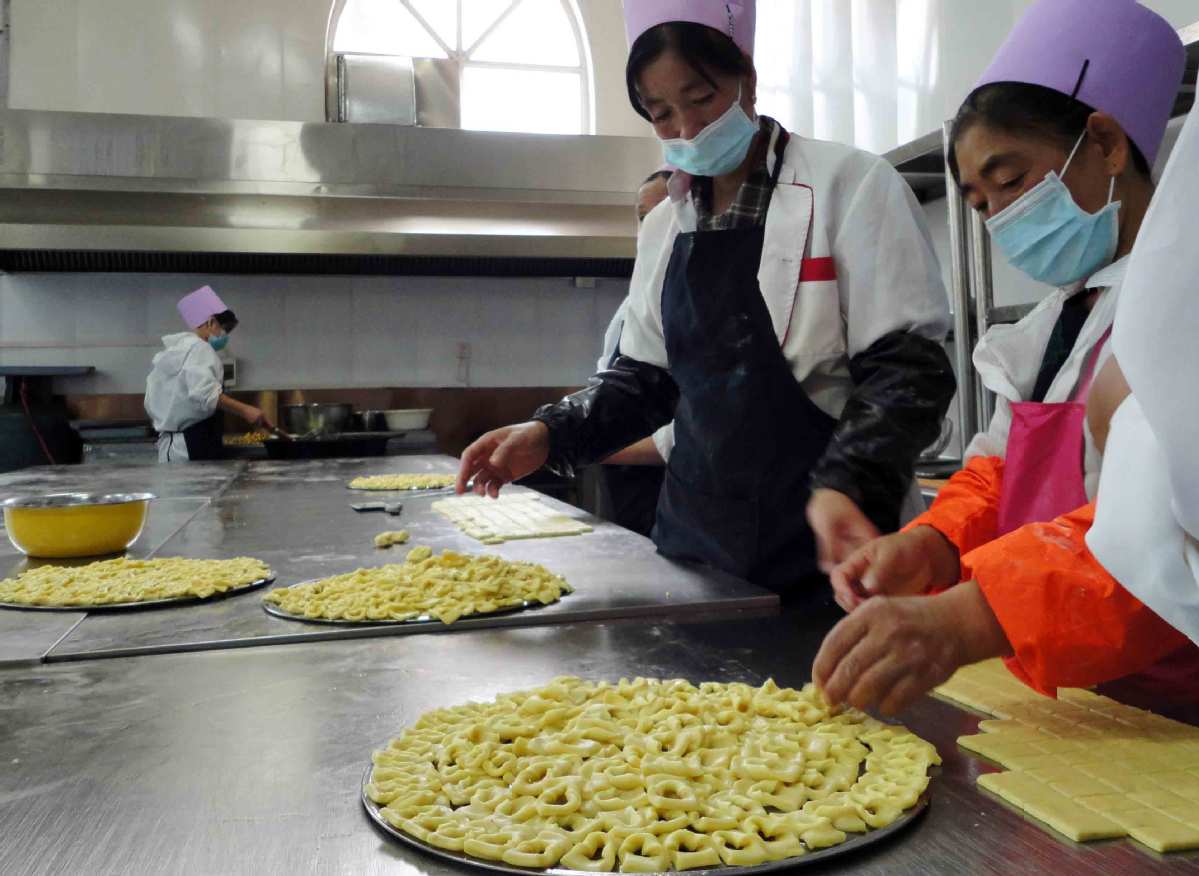
National effort
On Feb 3, 2013, President Xi Jinping visited the Ma family in their old adobe home during an inspection tour of the province.
Xi, who is also general secretary of the Central Committee of the Communist Party of China, said the Party and the government attach great importance to poverty alleviation and development, especially those of ethnic communities. More support will be given to help the villagers, who must "carry forth the spirit of self-reliance, find a path to development, work hard and change the face of poverty early", Xi said.
Water must be brought in, roads laid and a new countryside constructed, to allow the poor to rid themselves of poverty and live a moderately prosperous life as soon as possible, he said.
In the few years following Xi's visit, local villagers and officials worked toward the goals he stressed, with major anti-poverty measures helping overcome Bulenggou's harsh living environment to spur unprecedented progress and development.
Ma Maizhi's old compound has since been transformed into an exhibition space to reflect the village's progress after Xi's visit, with tourists flocking to the site regularly to learn from its achievements.
Bulenggou sits amid the dry highlands of southwestern Gansu.
About 60 households of more than 300 residents make up the village, with limited farmland, poor infrastructure, inadequate water and other shortages pushing them to the forefront of the country's fight against extreme poverty in the past decades.
About 80 percent of Bulenggou villagers used to live in the hardscrabble adobe homes built on its barren slopes, many of them without running water, electricity and other basic amenities. The village was accessed via dirt tracks, with the nearest hospital 9 kilometers away.
Villagers soon received a lifeline when a water-supply project-including 15 km of underground pipes and seven reservoirs-brought the precious resource straight to their homes, allowing taps to flow uninterrupted.
Within the decade, villagers moved to modern homes, advanced machinery carved out more than 270 hectares of terrace fields, solar-powered lamps lit the streets, convenience stores opened their doors and public squares set up as recreational spaces.
Latest healthcare facilities include fully equipped clinics to help prevent and treat illnesses in the community.
- Xi, Macron hold informal meeting in China's Sichuan
- The 'Gyrfalcon' mounted police team safeguards grasslands in northern borderland of China
- Liaoning launches first province-level online book lending platform
- Annual Fairy's Day marked in Xizang
- Chinese, Cuban communist parties hold seventh theory seminar
- Full moon seen across China

















